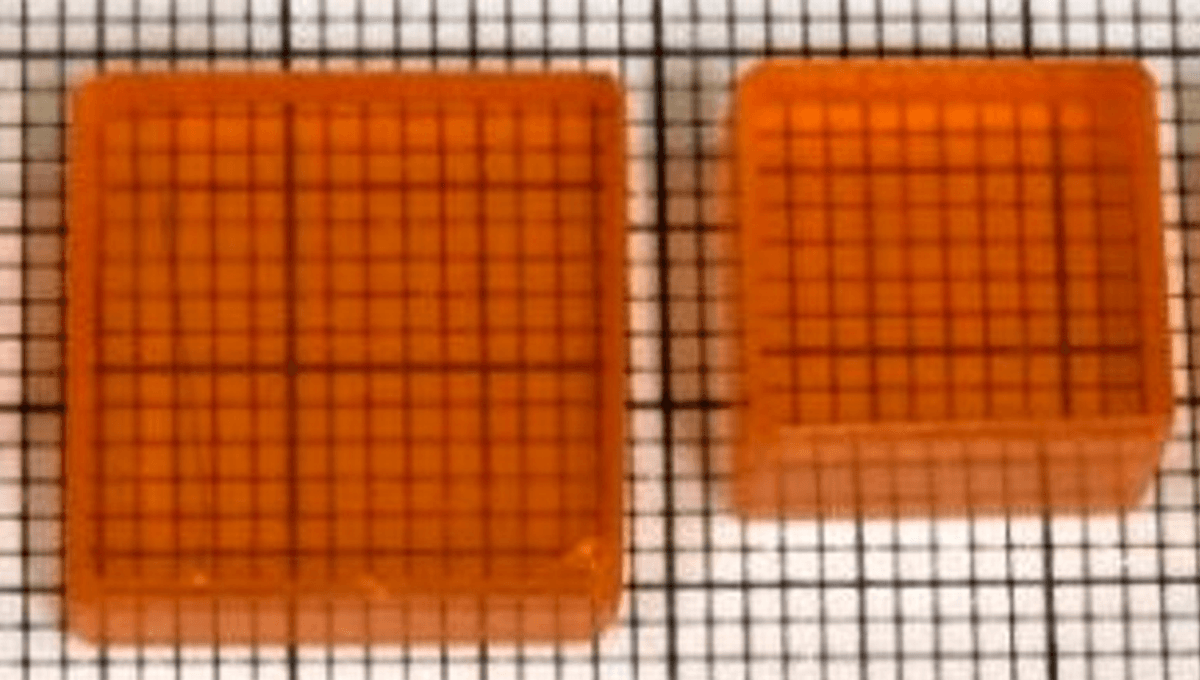
High energy scans or the body looking for tumors or infections could be greatly improved by adopting perovskite detectors instead of the fragile or low-resolution options currently in use, a new study reports. The process would not only make the diagnosis of health threats more accurate, but reduce exposure to radiation that can cause problems down the line, saving money at the same time.
Advances in nuclear medicine mean that we can now measure the biological activity at a location in the body, for example the blood flow in small veins or arteries to identify abnormalities. Increasingly, such techniques applied to the brain allow doctors to distinguish between different types of dementia, that may respond to different interventions, among a host of other applications.
“Perovskites are a family of crystals best known for transforming the field of solar energy,” said Professor Mercouri Kanatzidis of Northwestern University in a statement. “Now, they are poised to do the same for nuclear medicine. This is the first clear proof that perovskite detectors can produce the kind of sharp, reliable images that doctors need to provide the best care for their patients.”
Nuclear medicine includes treatments such as radiotherapy, but in this context is about diagnosis, not treatment. Single-photon emission computing tomography (SPECT) represents a way to build three dimensional reconstructions of organs. A short-lived gamma ray source is placed inside the body, and the rays emitted are captured by detectors. Subtle changes in activity affect the movement of the gamma rays, allowing the detector to put together an image, just as bones show up on X-rays, but in this case the reconstructions can be 3D.
However, the existing detector technologies are expensive to build, and one of the two main receptor chemistries, cadmium zinc telluride, is prone to cracking. The alternative, sodium iodide, lacks clarity.
Kanatzidis was one of the pioneers of making solar cells from perovskites, a technology that is now starting to reach commercial application, offering cheaper and more efficient energy collection from the Sun. In the process, Kanatzidis’s team developed skills in producing perovskite crystals with few flaws or impurities. Kanatzidis noted some of these crystals efficiently convert high-energy photons to electricity, as well as the other characteristics needed to make them excellent detectors of X-rays or gamma rays.
Teams worldwide have sought to use the observation to make perovskite high-energy radiation detectors, but there’s an advantage to having been one of those who started the push.
The original perovskite mineral is composed of calcium, titanium oxide, but the term is now used for any crystal that has the same structure. Kanatzidis showed that the perovskite CsPbBr3 has the desired attributes for this application.
“This work demonstrates how far we can push perovskite detectors beyond the laboratory,” Kanatzidis said. “When we first discovered in 2013 that perovskite single crystals could detect X-rays and gamma rays, we could only imagine their potential. Now, we’re showing that perovskite-based detectors can deliver the resolution and sensitivity needed for demanding applications like nuclear medicine imaging. It’s exciting to see this technology moving closer to real-world impact.”
Professor Yihui He of Soochow University and colleagues combined Kanatzidis’ crystals to create a pixelated gamma-ray sensor. The team demonstrated the capacity of these sensors to use single gamma-ray photons to produce higher resolution images than existing options. In particular, the capacity to distinguish between gamma rays of different energies allows for more advanced 3D organ reconstruction. Other features include detecting signals from sources too faint for some other detectors and the clarity of the images.
All this means that doctors will be able to get more precise images when necessary. When existing resolution will do, it will be quicker and require smaller radiation doses than current detectors.
Perovskites have some other advantages over traditional silicon solar cells, but the biggest driver of a decade of excitement about their potential is how cheap they are to make. The same should go for gamma-ray detectors.
Northwestern has already spun off a company, Actinia Inc, to develop the technology. “Demonstrating that perovskites can deliver single-photon gamma-ray imaging is a milestone,” He said. “It shows these materials are ready to move beyond the laboratory and into technologies that directly benefit human health. From here, we see opportunities to refine the detectors further, scale up production and explore entirely new directions in medical imaging.”
If one day your life is saved by a diagnostic scan you wouldn’t be able to afford today, or that would currently lack the required resolution, you can thank solar power research and the interconnection of science.
The study is open access in Nature Communications.
Source Link: Perovskite Camera That Can Detect Individual Gamma Rays Reveals The Human Body From The Inside